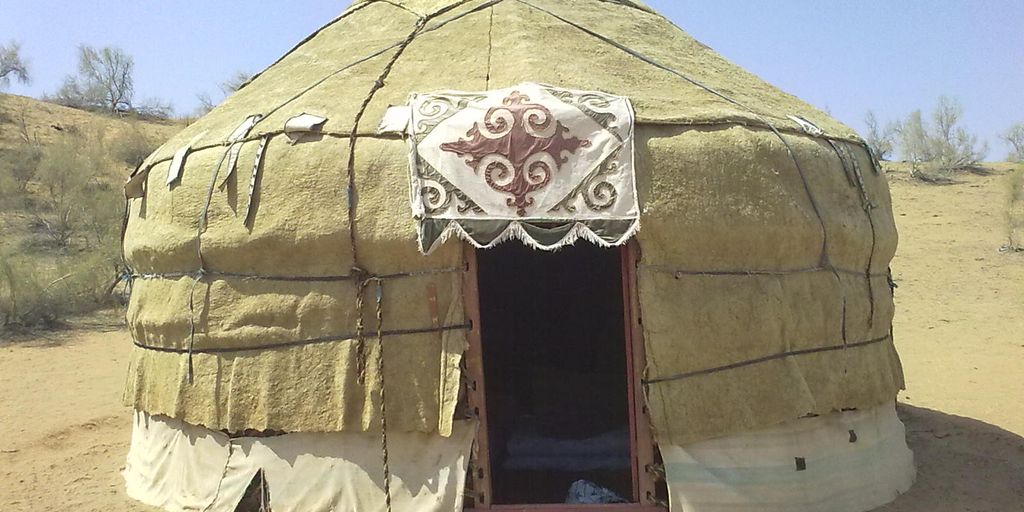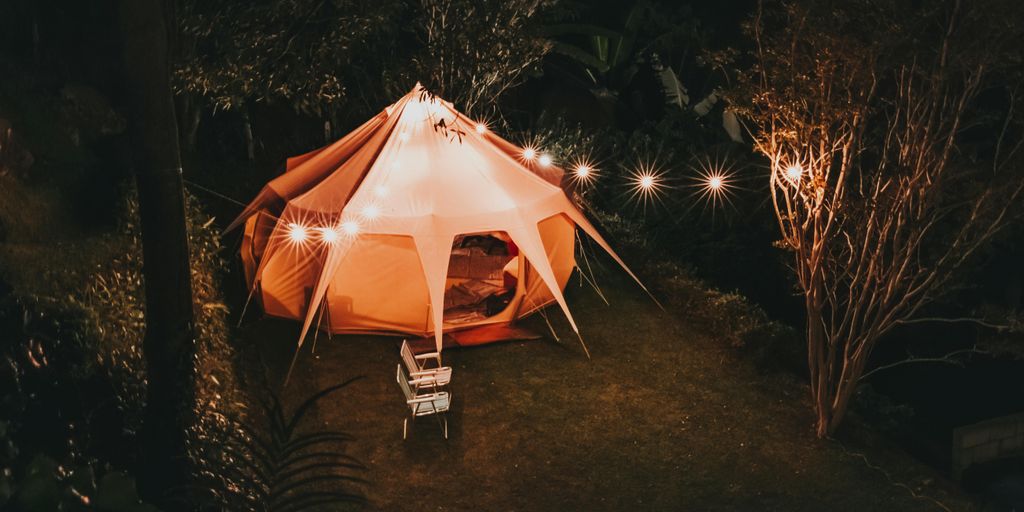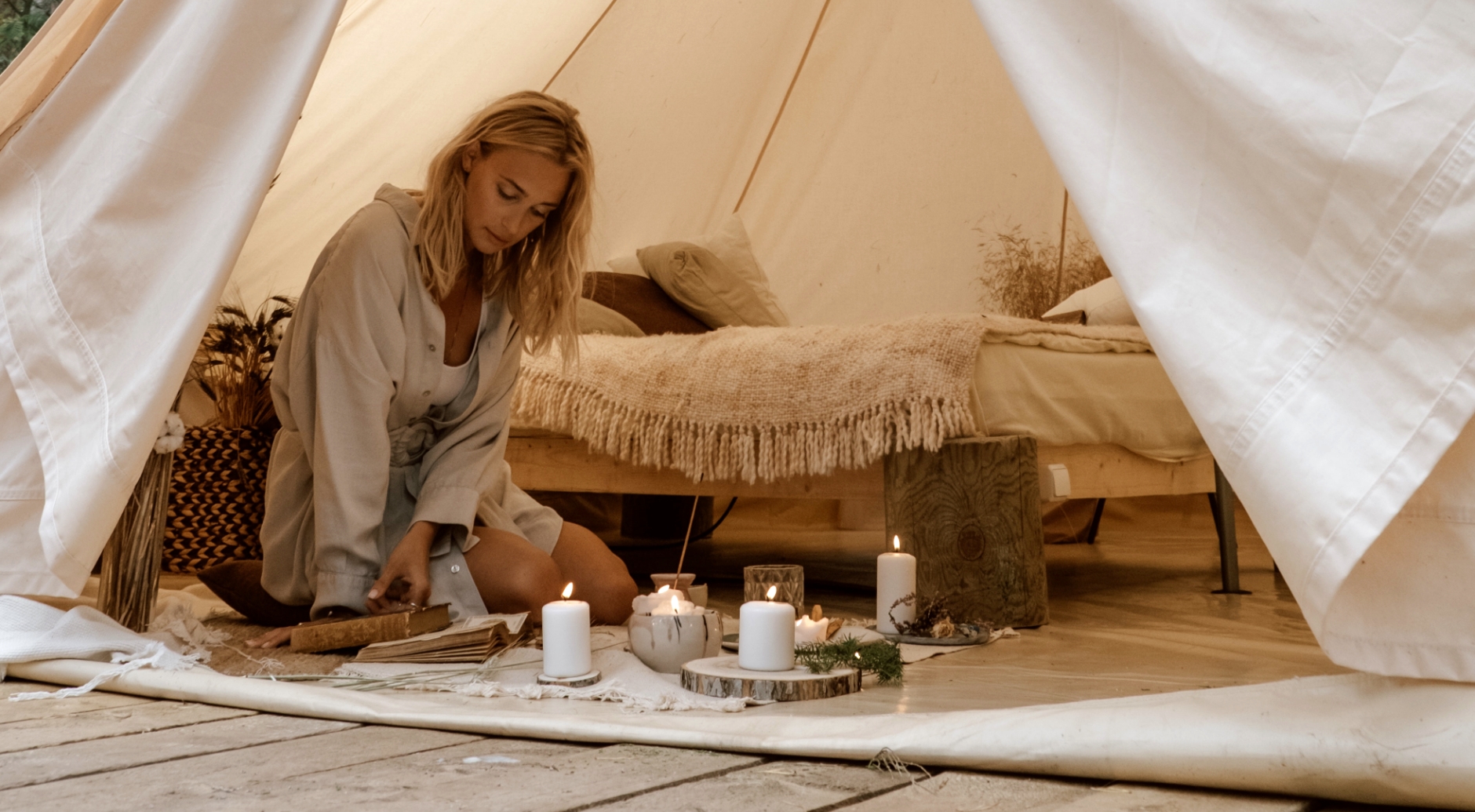Building a Yurt Vs. Tipi
When it comes to eco-friendly and cost-effective housing options, yurts and tipis stand out as two of the most popular choices. Despite originating from different parts of the world, both structures offer unique benefits and have been adapted for modern use. This article will delve into the historical background, cost comparison, construction, weather resistance, living experience, environmental impact, and cultural significance of yurts and tipis.
Key Takeaways
- Yurts and tipis both offer eco-friendly housing options but differ significantly in terms of cost and complexity.
- Yurts tend to be more expensive than tipis, both in initial purchase price and long-term maintenance costs.
- Tipis are easier and faster to set up, requiring fewer materials and less specialised skills compared to yurts.
- Both structures have cultural significance, with yurts being traditionally used by Central Asian nomads and tipis by Native American tribes.
- Modern adaptations of both yurts and tipis have made them versatile for various uses, from full-time residences to temporary shelters.
Historical Background of Yurts and Tipis
Origins and Cultural Significance
From the yurts of central Asia to the tipis of the Great Plains, these portable dwellings became an integral part of human history, serving as homes for nomadic tribes. Yurts, also known as “gers,” have been used for more than 3,000 years. They feature a wooden latticework structure for the walls, supporting the crown and roof poles. Tipis, on the other hand, are a North American phenomenon, deeply rooted in the culture of many Native American tribes.
Evolution Over Time
Yurts were primarily designed for use by nomads, allowing them to be set up and taken down in mere hours. In their ancient forms, they were covered with various types of animal skins. Modern tipis, built using contemporary materials like sail cloth, have been available for sale since at least 1976. Today, multiple companies offer these structures, making them accessible to a wider audience.
Modern-Day Usage
Both yurts and tipis have been recognised for their functional and aesthetic qualities. They are used as full-time residences, backyard play-caves, and weekend wilderness getaways. The versatility of these structures continues to make them popular choices for various uses in modern times.
The enduring appeal of yurts and tipis lies in their unique blend of tradition and adaptability, making them relevant even in today’s fast-paced world.
Cost Comparison: Yurts vs. Tipis
Initial Purchase Price
When it comes to the initial purchase price, tipis are generally much cheaper than yurts. For instance, a standard 24’ yurt package costs around $8,295, while a basic tipi of the same size will set you back approximately $2,483. The price difference becomes even more pronounced with smaller sizes—a 16’ tipi runs about $1,072, whereas the same size yurt is $5,915.
Long-Term Maintenance Costs
While the initial cost of a tipi is lower, it’s important to consider long-term maintenance costs. Tipis, being simpler structures, may require more frequent repairs, especially in harsh weather conditions. Yurts, on the other hand, are more intricate and generally more durable, which can result in lower maintenance costs over time.
Value for Money
In terms of value for money, it really depends on what you’re looking for. If you need a quick, affordable shelter, a tipi might be the way to go. However, if you’re looking for something more durable and weather-resistant, investing in a yurt could be more cost-effective in the long run.
The cost for that depends on a number variables such as the size of the tipi or yurt, the complexity of the installation, and how many people we need to send.
| Structure | 16ft Standard | 24ft Standard |
|---|---|---|
| Yurt | $5,915 | $8,295 |
| Tipi | $1,072 | $2,483 |
Construction and Setup
Materials Needed
When it comes to building a yurt or a tipi, the materials you’ll need can vary quite a bit. For a yurt, you’ll typically need a wooden frame, felt or canvas for insulation, and a durable outer covering. On the other hand, a traditional handcrafted tipi usually requires long wooden poles and a large piece of canvas or hide. Both structures benefit from using high-quality, weather-resistant materials to ensure longevity.
Time and Effort Required
Constructing a yurt can be a bit more time-consuming compared to a tipi. A yurt’s intricate wooden frame and insulation layers take more time to assemble. In contrast, the basic construction of a tipi is not complex and can be accomplished relatively quickly. However, setting up the tripod for the tipi does require at least two people.
Tools and Skills Necessary
You don’t need to be a master carpenter to build either structure, but some basic carpentry skills are required. For a yurt, you might need tools like a saw, hammer, and drill. For a tipi, the tools required are minimal, often just a few ropes and stakes. It’s worth noting that people have erected permanent yurts, sometimes even in communities with building code standards. Always check local building codes and zoning restrictions before you start your project.
Building a yurt or a tipi can be a rewarding experience, offering a unique blend of traditional craftsmanship and modern-day practicality.
Weather Resistance and Durability
Performance in Different Climates
Yurts are engineered to withstand a variety of weather conditions. With a solid wood framework and durable commercial coverings, they can handle high winds and heavy snows. In contrast, tipis are simpler structures and may not be as weather-tight. While you can batten down a tipi, you might still get some drips during a good storm.
Longevity of Materials
A classic 12 ft diameter yurt from durable ash hardwood with a cover from 12 oz polycotton canvas can last for many years. Tipis, on the other hand, are not rated for wind or snow loads and are probably best as a three-season option in most places.
Maintenance Tips
For yurts, consider investing in snow & wind upgrade packages to enhance their durability. Tipis can benefit from an ozan or an extended ozan to help keep rain from coming inside. Regular maintenance and timely upgrades can significantly extend the lifespan of both structures.
Yurts are the most watertight of our structures and the easiest to heat and cool.
Living Experience
Comfort and Space
Living in a yurt offers a unique set of daily experiences that differ markedly from those in a traditional home. Yurts are generally more spacious than tipis, providing ample room for furniture and personal belongings. The circular design of a yurt creates a cosy, communal atmosphere, perfect for family living or social gatherings. On the other hand, tipis, with their tall, conical shape, offer a more intimate space that brings you closer to nature. Living in a tipi was the best experience of my life, says Harry Janicki, who lived in one for five years.
Aesthetics and Design
Yurts and tipis each have their own unique aesthetic appeal. Yurts often feature intricate woodwork and colourful fabrics, creating a warm and inviting environment. Tipis, with their simple, graceful lines, lend a peaceful aura to their tall, spacious interiors. The amber glow of a tipi’s interior can be quite enchanting, especially when lit by a small fire or lantern. Both structures offer a sense of simplicity and connection to the environment that is hard to find in modern homes.
Practical Uses and Versatility
Both yurts and tipis are incredibly versatile and can be used for a variety of purposes. Yurts are often used as permanent homes, guest houses, or even yoga studios. Their sturdy construction makes them suitable for year-round living. Tipis, while traditionally used by nomadic tribes, are now popular for camping, retreats, and even as unique event spaces. The ease of setting up and taking down a tipi makes it ideal for those who enjoy moving with the seasons.
Living in a tipi is an exercise in simplicity. The simple, graceful lines lend a peaceful aura to the tall, spacious interior. A small fire or kerosene lantern provides adequate light for cooking, reading or guitar playing.
Environmental Impact
Sustainability of Materials
When it comes to building a yurt or a tipi, the sustainability of materials is a crucial factor. Yurts are typically made from wood and canvas, both of which can be sourced sustainably. Tipis, on the other hand, are traditionally made from animal hides, but modern versions often use canvas as well. Choosing sustainably sourced materials can significantly reduce the environmental impact of your dwelling.
Energy Efficiency
Energy efficiency is another important consideration. Yurts, with their circular design, are often more energy-efficient than tipis. The shape allows for better air circulation and heat retention, making them more suitable for year-round living. Tipis, while excellent for ventilation in warmer climates, may require additional heating solutions in colder weather, which can increase energy consumption.
Eco-Friendly Benefits
Both yurts and tipis offer unique eco-friendly benefits. Yurts are often praised for their minimal environmental impact, especially when built with renewable energy sources and energy-efficient designs. Tipis, with their historical significance, promote a connection to nature and a simpler way of living. Opting for either structure can be a step towards a more sustainable lifestyle.
Living in a yurt or a tipi not only reduces your carbon footprint but also encourages a deeper connection with the environment.
Cultural Significance and Community

Role in Indigenous Cultures
Tipis are still an important part of the culture of many Native American tribes. These traditional dwellings are not just homes but symbols of heritage and identity. Similarly, yurts, known as "ger" in Mongolian, offer a glimpse into a way of life that values simplicity, community, and harmony with nature.
Community Building
Both tipis and yurts foster a sense of community and equality. It is impossible to be at the head of the table when you are sitting in a circle. This circular arrangement encourages open communication and a sense of togetherness. Remember childhood days spent in your own private hideaway made of blankets and chairs? If you could use a private space to play and dream, a tipi or yurt may be your perfect choice.
Modern-Day Cultural Relevance
Today, tipis and yurts are recognised for their functional and aesthetic qualities by people around the world. They are used as full-time residences, backyard play-caves, and weekend wilderness getaways. The charm of these structures lies in their ability to blend traditional design with modern needs, making them relevant even in contemporary settings.
Both tipis and yurts offer unique opportunities for community building and cultural expression, making them more than just places to live.
The cultural significance of yurts and teepees extends far beyond their unique structures. These traditional dwellings offer a glimpse into the rich heritage of the communities that have used them for centuries. To learn more about the fascinating history and modern adaptations of these iconic shelters, visit our website and explore our detailed guides and resources.
Conclusion
In conclusion, both yurts and tipis offer unique and eco-friendly housing solutions that cater to different needs and preferences. Yurts, with their intricate structures and higher cost, provide a more weather-tight and spacious option, ideal for those seeking a semi-permanent or permanent dwelling. On the other hand, tipis, with their simpler design and lower cost, offer a more traditional and flexible shelter, perfect for those looking for a temporary or seasonal abode. Whether you choose a yurt or a tipi, both options bring you closer to nature and offer a unique living experience. Happy building!
Frequently Asked Questions
What are the main differences in cost between yurts and tipis?
The cost differences between yurts and tipis are significant. For example, a standard 24’ yurt package costs around $8,295, whereas a basic tipi of the same size costs approximately $2,483. The price difference becomes more pronounced with smaller sizes.
Which is easier to set up, a yurt or a tipi?
Although yurts have more structural pieces and complicated engineering principles, a yurt large enough for a family of four can be erected in less than a day. Tipis are simpler structures and generally easier to set up.
How do yurts and tipis perform in different weather conditions?
Tipis are generally less weather-tight compared to yurts. While you can batten down a tipi quite well, you may still experience some drips during a storm. Yurts are more intricate and offer better weather sealing.
What are the modern-day uses of yurts and tipis?
Both yurts and tipis are used for various purposes, including full-time residences, camping, temporary housing, guest quarters, backyard play-caves, and weekend wilderness getaways.
Are yurts and tipis eco-friendly?
Yes, both yurts and tipis are considered eco-friendly house designs. They provide secure, low-cost shelter and are built using sustainable materials.
What cultural significance do tipis hold?
Tipis are an important part of the culture of many Native American tribes. They are recognised for their functional and aesthetic qualities and continue to be used in modern times for various purposes.





